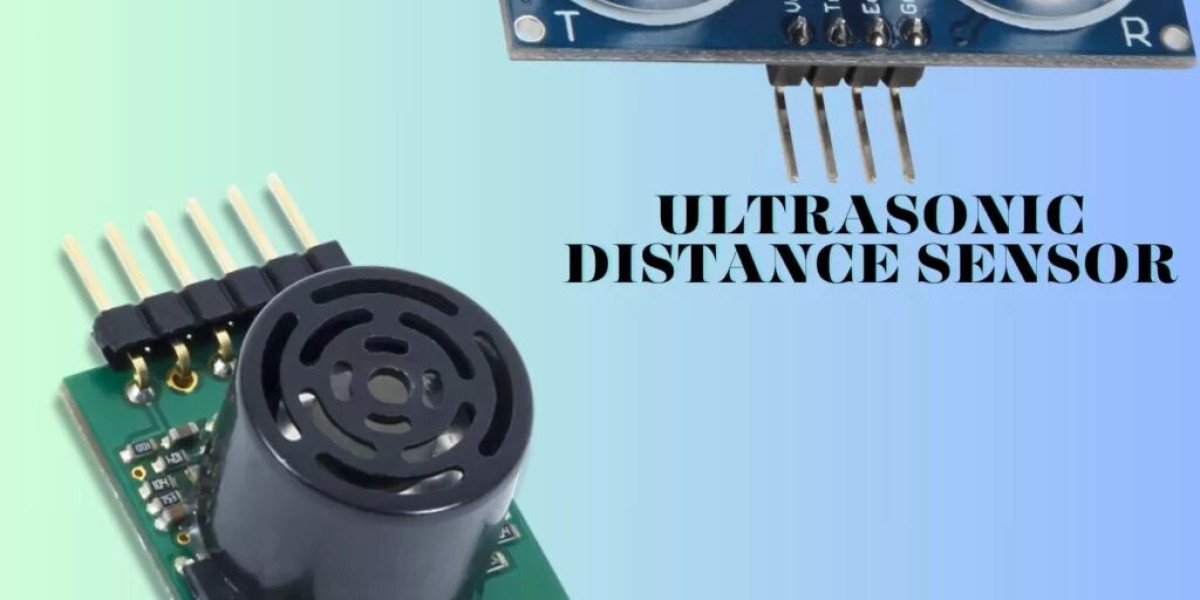What is an Ultrasonic Distance Sensor?
An ultrasonic distance sensor is a device that measures distance by emitting ultrasonic sound waves and calculating the time it takes for the echo to return after hitting an object. These sensors are known for their accuracy, reliability, and ability to work in various environmental conditions. They can measure distances ranging from a few centimeters to several meters, depending on the specific sensor model.
How Do Ultrasonic Distance Sensors Work?
Ultrasonic distance sensors operate on the principle of echolocation, similar to how bats navigate their environment. The sensor consists of a transmitter and a receiver. Here’s a step-by-step breakdown of how these sensors function:
Sound Wave Emission: The transmitter emits an ultrasonic pulse, typically at a frequency of 40 kHz, which travels through the air.
Echo Detection: When the sound wave encounters an object, it reflects toward the sensor. The receiver detects this echo.
Time Measurement: The sensor measures the time interval between the emission of the sound wave and the reception of the echo.
Distance Calculation: Using the speed of sound (approximately 343 meters per second in air), the sensor calculates the distance to the object. The formula used is:
Distance=Time×Speed of Sound2\text{Distance} = \frac{\text{Time} \times \text{Speed of Sound}}{2}The division by two accounts for the round trip of the sound wave.
Key Advantages of Ultrasonic Distance Sensors
Ultrasonic distance sensors offer several benefits:
Non-Contact Measurement: They measure distance without making physical contact with the object, which is essential in various applications, including hazardous environments.
High Accuracy: These sensors provide precise measurements, typically within a few millimeters.
Versatile: They can be used to measure distances to a variety of materials, including solid objects and liquids.
Robustness: Ultrasonic sensors can operate in harsh conditions, such as dust, humidity, and extreme temperatures, making them suitable for outdoor applications.
Common Applications
Ultrasonic distance sensors are used in a wide range of industries and applications, including:
Robotics: Used for obstacle detection and navigation in autonomous robots.
Industrial Automation: Employed in conveyor systems and automated storage to measure the level of materials and detect object presence.
Parking Assistance: Installed in vehicles to help drivers gauge distance while parking.
Liquid Level Measurement: Utilized in tanks to monitor liquid levels without direct contact.
Consumer Electronics: Found in devices like washing machines to optimize water levels based on load size.
Conclusion
Ultrasonic distance sensors are invaluable tools that have transformed distance measurement across various fields. Their ability to provide accurate, non-contact distance measurements makes them ideal for numerous applications. As technology continues to evolve, the potential for these sensors is limitless, paving the way for innovative solutions in automation, robotics, and beyond. Whether you are an engineer, a hobbyist, or simply someone curious about technology, understanding how ultrasonic distance sensors work can open up new possibilities in your projects and endeavors.








